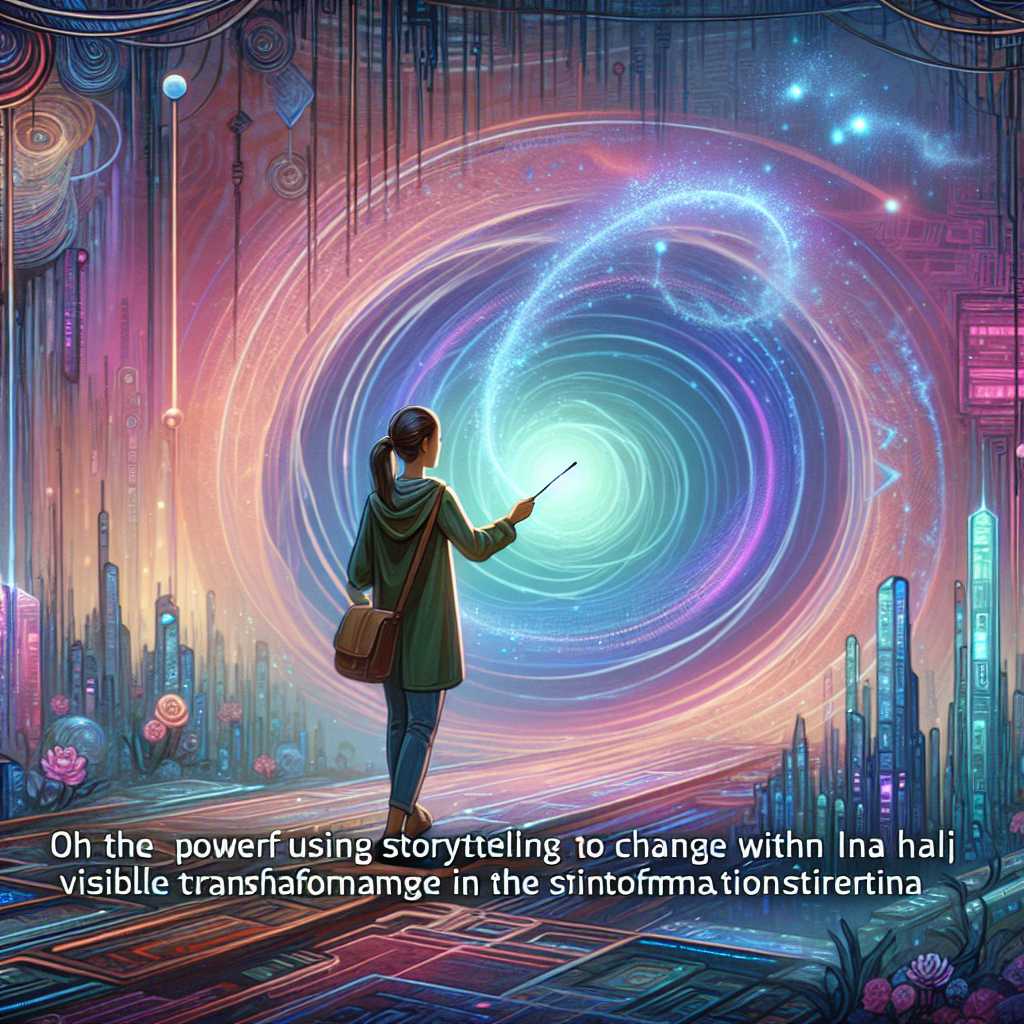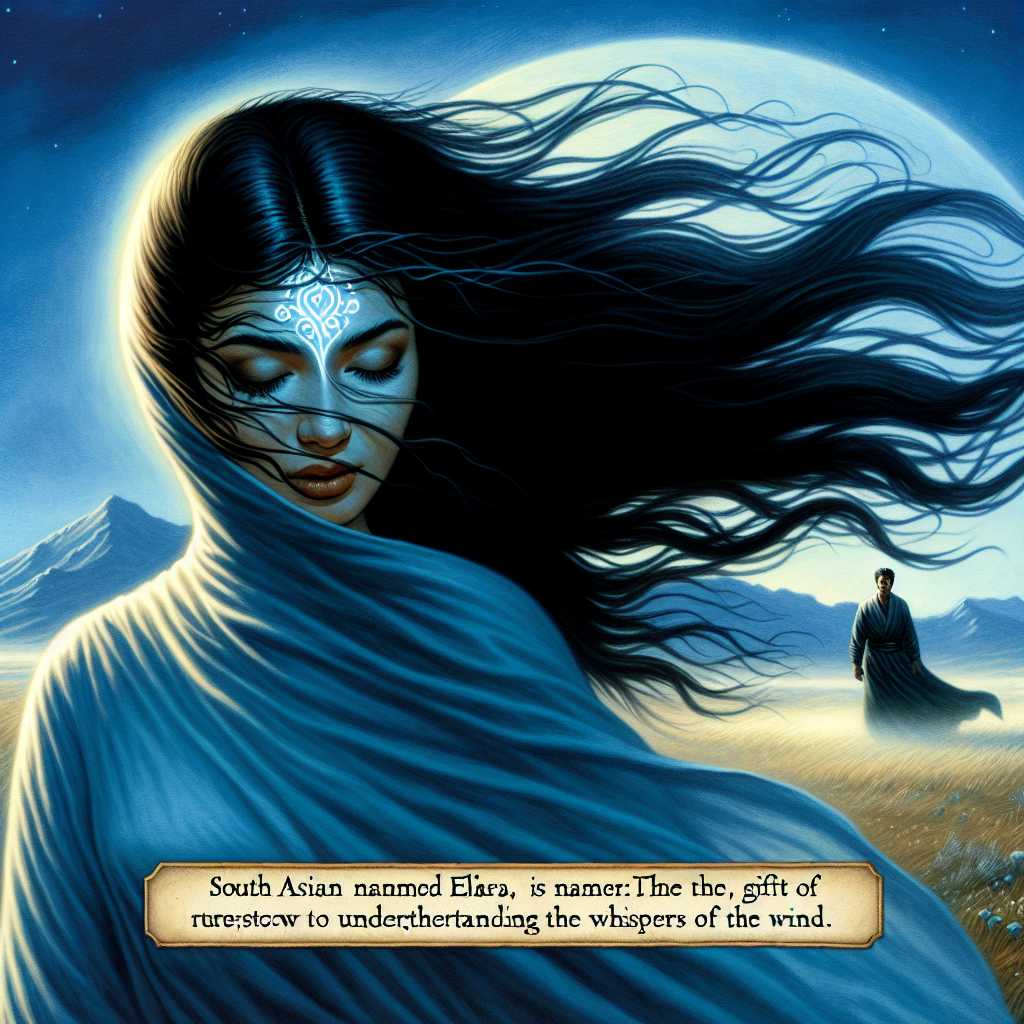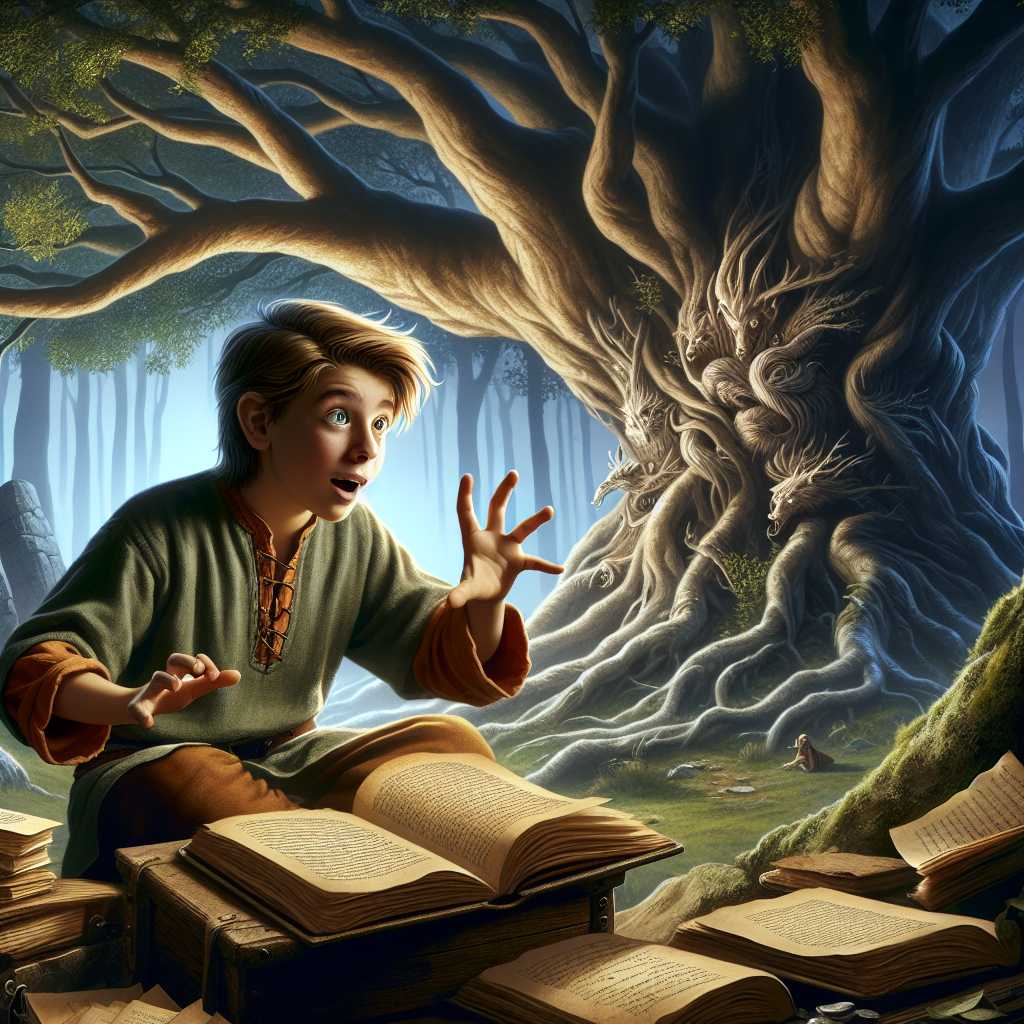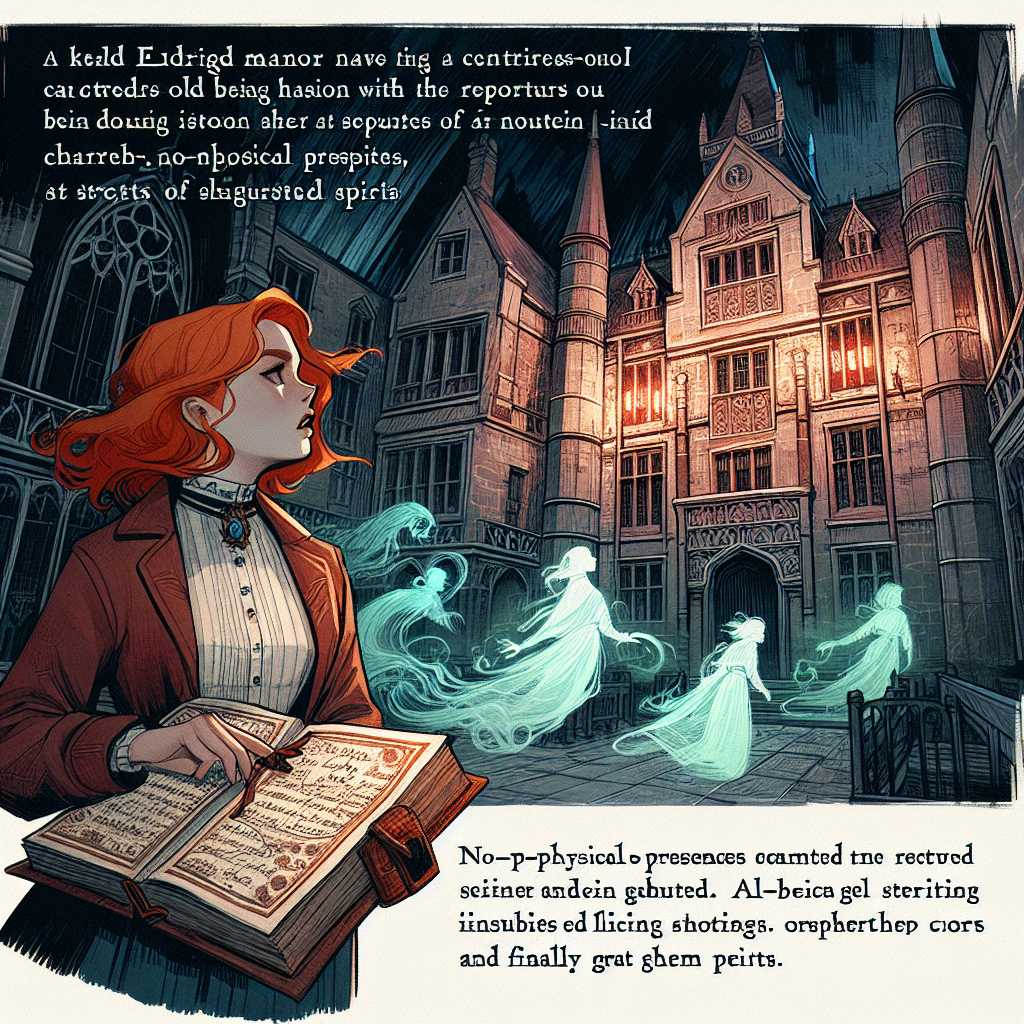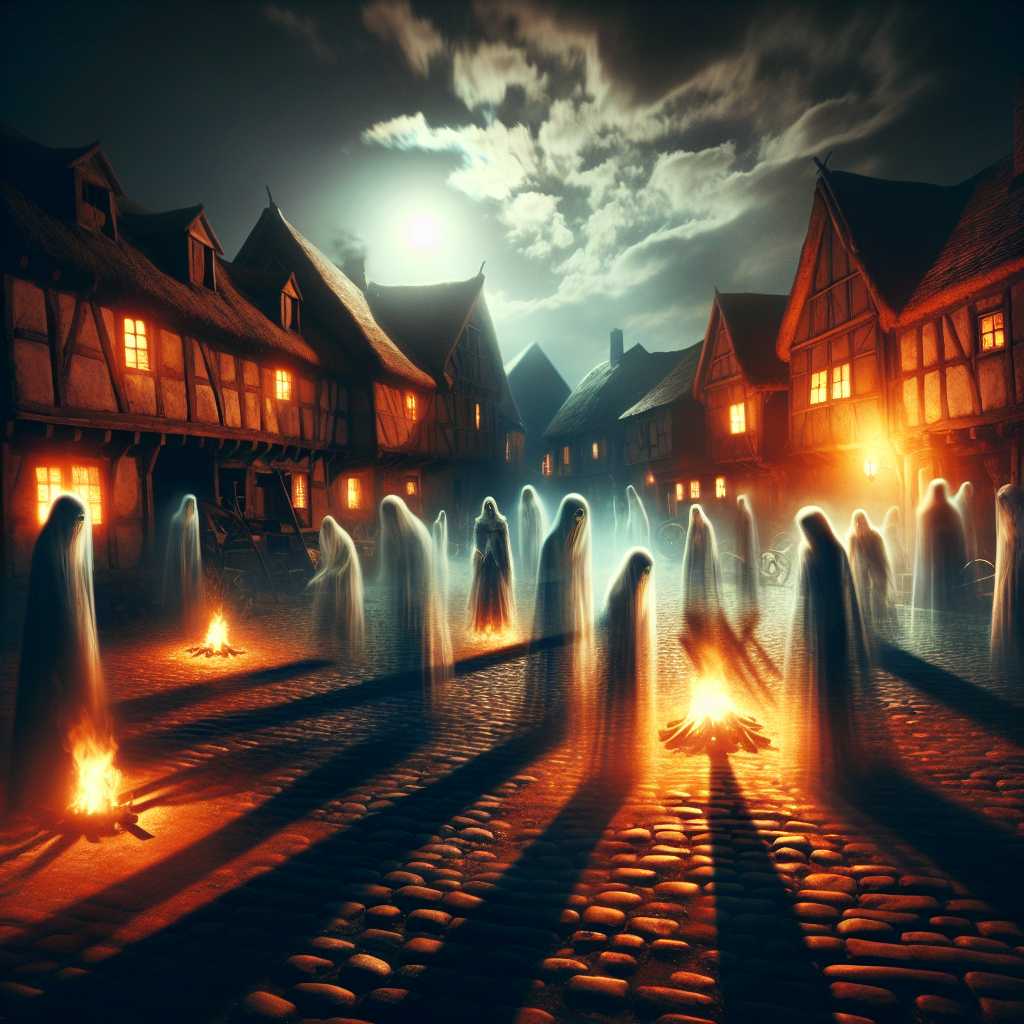
It was during the chilling embrace of a particularly harsh winter when the tale began to unfold. The nights grew longer and the days colder, and the air was filled with whispers, whispers that slowly turned into fearful chatter among the villagers. Livestock started to disappear without a trace, and those brave enough to venture into the woods spoke of eerie lights dancing between the trees and an unsettling feeling of being watched.
Driven by fear and desperate for answers, the villagers turned to the one figure they thought could understand the darkness that seemed to encroach upon their lives – the Hermit of Gallow's Hill. Armed with torches and the courage borne out of desperation, they ascended the hill one night, calling out for the hermit to reveal himself.
What greeted them was not a man, but a silhouette, barely discernible against the backdrop of the gallows. In a voice that was both a whisper and a wail, the Hermit spoke, "The veil between our world and the beyond has thinned, and entities that once were content to lurk in the shadows now seek entry into our realm. The gallows, an instrument of death, serves as a beacon for these beings. The disappearances, the lights, are but harbingers of what is to come. Only by severing the connection can we hope to push back the darkness."
The villagers, fueled by a mixture of fear and resolve, demanded to know how they could sever such a connection. The Hermit's response was as chilling as the winter air: "The gallows must burn." And so, it was decided. The village, united by the common goal of survival, gathered what little wood they could spare, setting the gallows ablaze in a desperate bid to sever the connection to the beyond.
But as the flames licked higher, consuming the weathered wood of the gallows, a howling wind surged through the village. The fire raged out of control, spreading rapidly across the hill and down towards the village, engulfing everything in its path. The villagers, trapped between the inferno they had created and the darkness they sought to banish, found themselves in a nightmare of their own making.
In the weeks that followed, the village lay in ruins, and many lives were lost to the fire and the darkness that followed. Those who survived spoke of shadows moving through the smoke, of whispers in the wind that sounded like mocking laughter. The Hermit of Gallow's Hill was never seen again, and some say he was claimed by the fire, while others whisper that he was but a specter, a manifestation of the darkness that had been unleashed.
The village eventually rebuilt, but it was never the same. Where once there was a tight-knit community, now there was suspicion, fear, and an unspoken acknowledgment of the price paid for meddling with forces beyond their understanding. The hill, once crowned by the gallows, now bore the scars of the fire, a barren, charred reminder of the night the village burned.
And yet, on certain nights, when the wind howls just right and the world seems to hold its breath, those brave or foolish enough to venture close to Gallow's Hill can still see the faint glow of embers among the ruins, as if the fire, and the darkness it was meant to banish, refuse to be extinguished completely.
So, the tale of the Hermit of Gallow's Hill serves as a somber warning to those who would seek to understand and control the darkness that lurks just beyond the edge of our understanding. For some doors, once opened, can never be closed again, and some shadows, once summoned, never truly fade.
This story, woven into the fabric of the village's history, is recounted by elders to wide-eyed children, a cautionary tale of fear, fire, and the folly of reaching into the darkness. And as the tale is told and retold, it grows, unfolding like the shadows at dusk, a reminder that some mysteries are best left unexplored.


